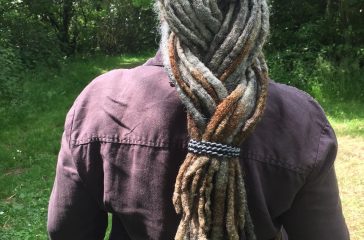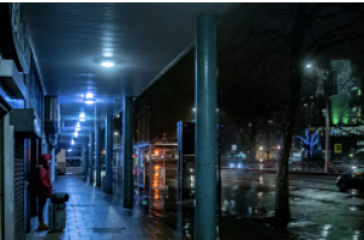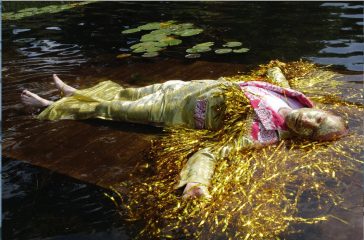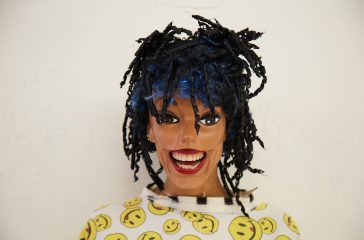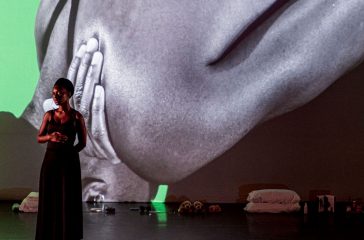One myth of beginning is, that there is a World Tree. Although that notion comes from a doom laden tradition which I hope we may avoid.
I have read that the architecture of an ancient Greek temple represents the trunks and foliage of a Sacred Grove; and in a spirit of emulation the masons and master builders of Mediaeval Europe took this metaphor for a holy place and ran with it, creating arched canopies and forests of pillars in their cathedrals, framing glades of light in their piled up stone.
Sacred groves still exist in the world. A place to listen to the voice of life.
What can sacred mean to most of us now? Perhaps a place where a person is moved to perceive the world more clearly? And the world and beyond pervades that tiny part of itself, the persons mind, which may fleetingly be flooded with recognition. Openness, acceptance and understanding may manifest in such a place, one hopes, and guide what happens next.
Sacred groves still exist in the world. A place to listen to the voice of life.
Those who are performing walk through the streets to the place: it has rained so today that is indoors at the Mall. They have gathered the material of their skirts about them. Some have it bunched, holding the mass of material in front, leaving their legs bare. Some wrap it around themselves to make the cloth more manageable, tucking it in at the waist like the wrapper African women wear. They also show bare legs.
They walk purposefully, a group of people going to do the basic work of living that requires freedom of movement and often, those bare legs. Farming, gathering, hoeing the ground, stamping the dirt out of bundles of clothes in the river. Spreading out wares at the market, spreading out grain to be threshed.
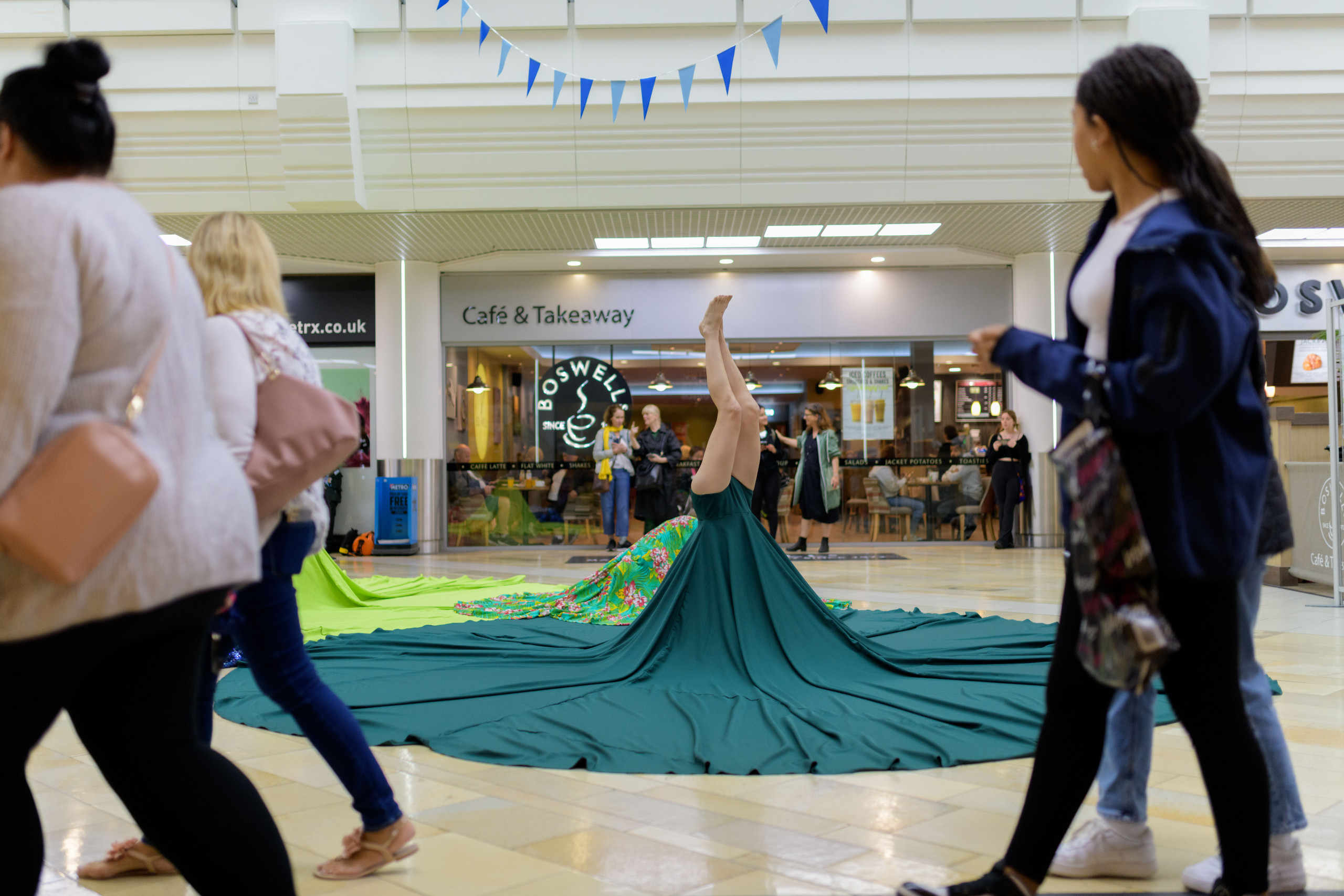
In the bright clean spacious modern hard-edged Mall the headstands begin: head and hands are planted, legs carefully straightened upwards, balance is gained and heads and shoulders hidden and transfigured in the signifying folds of costume. They spread out each others skirts into big circles. As the edges of fabric touch each body is linked to the others: gradually from seven performers a forest is formed.
The inverted canopy pools over the floor in ample circles; pine green, deep russet, electric lime, sequin spattered cosmic indigo and jewelled purple; floral patterned green with red accents and red with green accents and orange with all the accents. The performers wear undershorts in the same material as their skirts, and the soft fall of gathers from waist to costume edge echoes the ribbed vaults of a cathedral or more prosaically, the underside of a mushroom.
The inverted canopy pools over the floor in ample circles; pine green, deep russet, electric lime, sequin spattered cosmic indigo and jewelled purple
From the centre of each inverted vault a pair of legs rises. As the minutes pass some legs, some backs, tremble with strain. The person must lower their legs to rest, the visible part of them vulnerably human, curled up on a vivid swirl of fabric. They rest, then adjust themselves, then find the balance point again and reach high. Up, then down, then up again in a rhythm like slow breathing, in a dance like a study of tree time.
Looking at the naked legs a person with unrealistic expectations begins to chant ‘Get them off! Get them off! stopping when other onlookers tell him that’s inappropriate. He is curious and enthusiastic about what is happening but his assumptions lead him down the path of use and extraction that also threatens our forests.
It is destabilising to look at something that keeps forming a forest in your mind and yet is upside down. Where are we standing to see this? Are we ourselves upside down, in the earth, near the roots, looking upwards? Or are we tumbling, unmoored, somewhere else entirely, unleashed from local gravity, with a wider point of view maybe, just maybe, just within reach?
There are some masquerades where every visible inch of the body under the costume must be covered or else the magic is broken; the costume itself is the boundary and putting it on creates the bridge to the other world. In Woods, the costume ends at the crotch: bare legs stayed rooted in the mortal world.
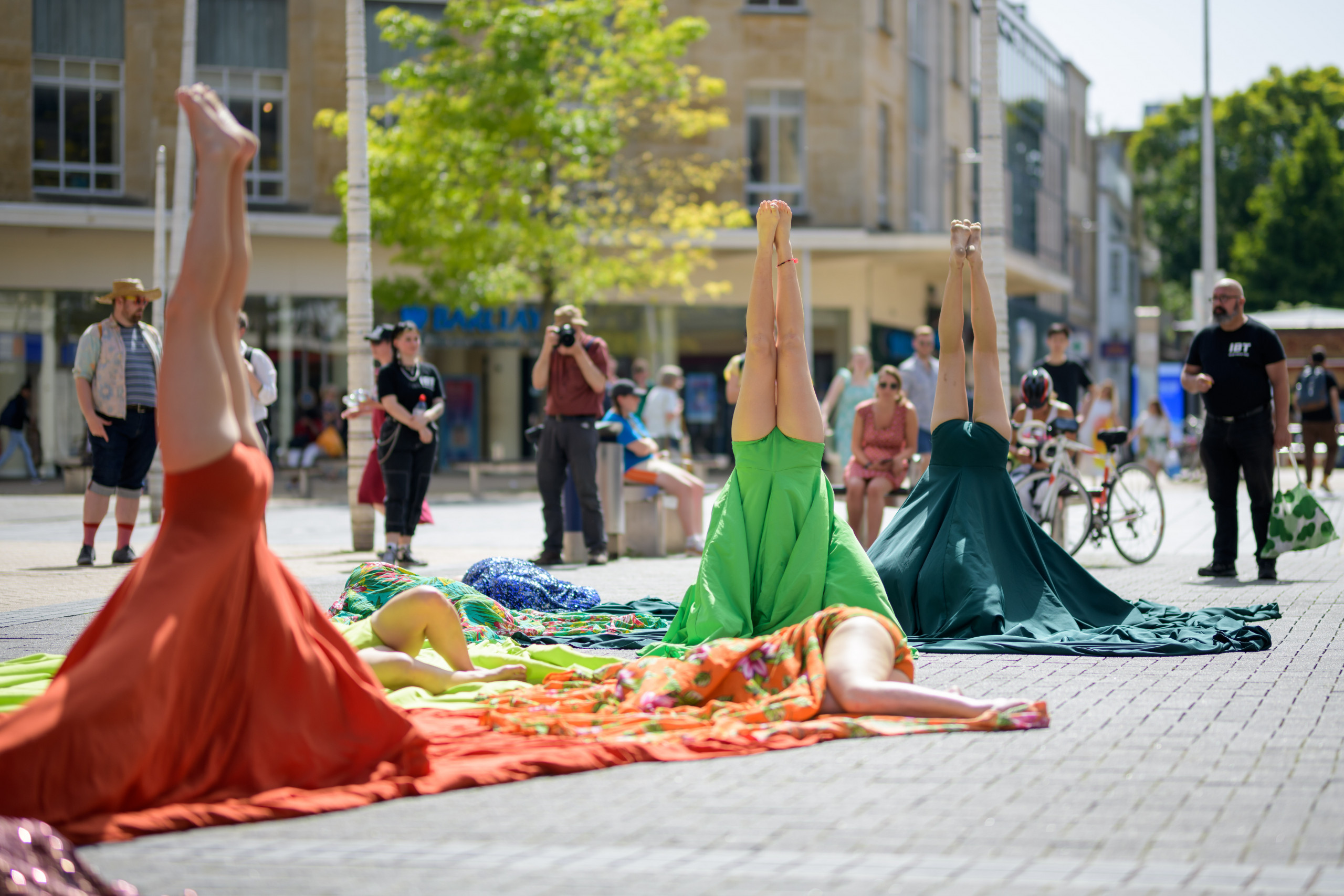
The interpenetration of the wild world into our tamed spaces
The ending is a gentle process. What had been braced to strain towards the sky relaxes. The maskers lower their legs. Their uncovered limbs settle beside their veiled bodies now stirring and starting to sit up under piles of fabric. Gradually each person, now a differentiated individual, drags their skirt towards themself as they sit or crouch underneath it.They peep through the folds of fabric around their head, gently gather cloth in handfuls to draw it aside, slowly stand up, gird their skirts around them, find their shoes, and walk off.
So many things wrapped up in this action of wearing a skirt. Carnival and its reverses. The interpenetration of the wild world into our tamed spaces and of our cultured understanding into wild spaces. Claiming a place in the city for the performers by siting the work there; claiming a space in the city for the growth of the wild by proxy through the performers. How precarious that claimed place is, how temporary, how fine the balance it keeps.
The wide skirts of rural women, the bright florals and rich colours of folk costume: a hint of the communities who live closest and most dependently on what the wild provides; a hint of the link between indigenous communities, subsistence farming communities, natural resources and this precarity. All but a few of us press on with our short-term despoiling, not listening, disdaining community and collective action: if there are no forests, no groves, if no place still exists where the voice of life may be heard, what future for any of us? Is it doom or shall we endure?
Clarice Lima and collaborators performed WOODS as part of IBT WILDNESS in June 2022. Explore the gallery, film and round-up to find out more.
-
ABOUT THE ARTIST
Folake Shoga is a Nigerian/British artist living and working in Bristol, using among other things moving image, sculpture and drawing. Folake explores both practice and critique in live art. She writes under the name Osunwunmi, a name that invokes the Yoruba Orisha as an exemplar and as an inspiration.
-
ABOUT WOODS
WOODS blurs the lines between live performance, visual arts and fashion design, creating a biodiverse landscape amidst the city’s concrete and glass. Here the strength and instability of the body reflect a forest’s power and fragility.
For IBT WILDNESS, Brazilian artist Clarice Lima, with her team Catarina Saraiva, Aline Bonamin and Nina Fajdiga, worked alongside a cast of amazing local performers. Using only the power of headstands and big beautiful costumes, they created a metaphorical forest both fragile and resilient amidst the concrete and glass of Broadmead.
All images: Paul Blakemore




